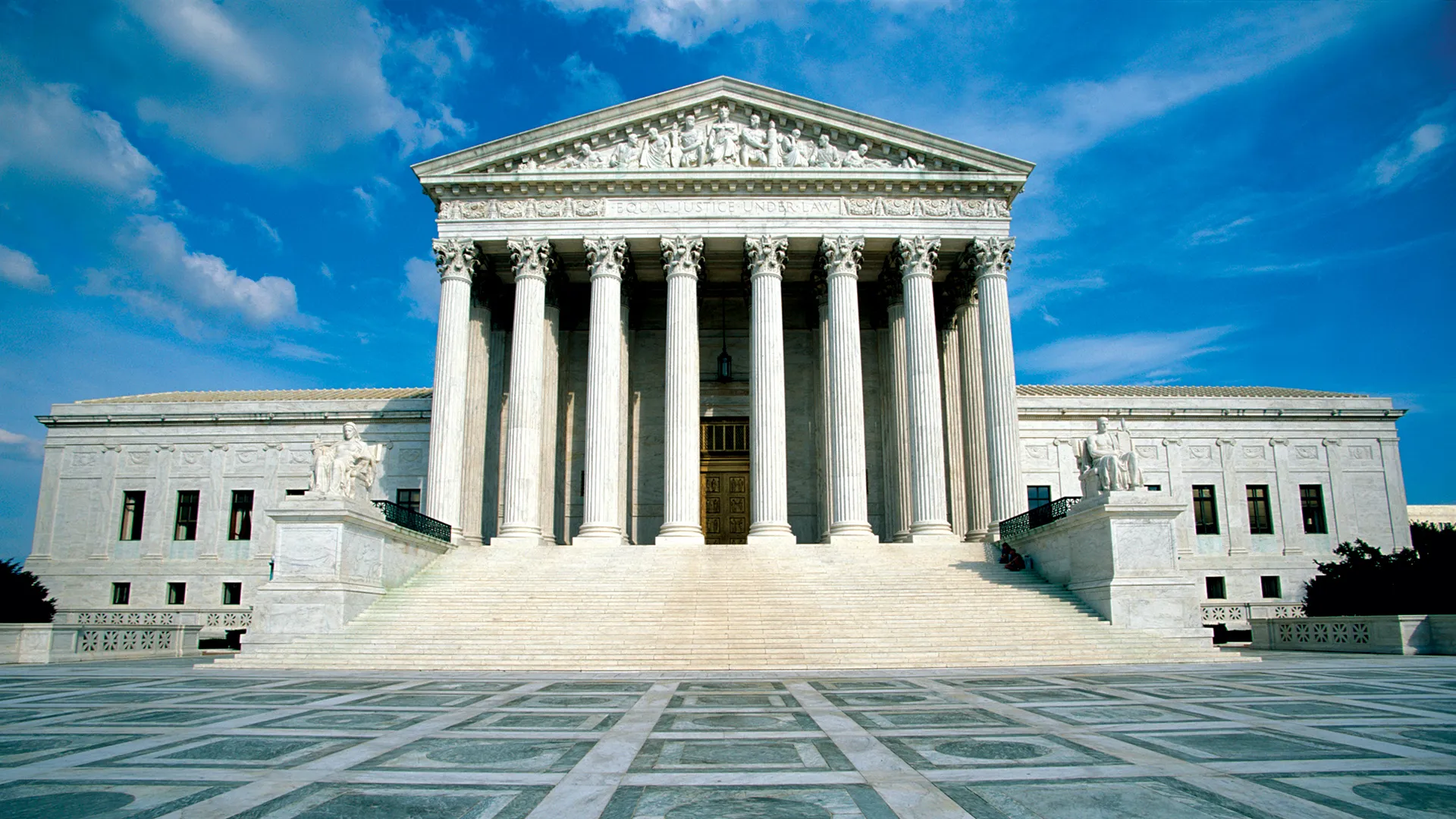Washington, D.C. — The U.S. Supreme Court on Tuesday took up a closely watched case that could significantly redefine the scope of federal environmental law. At the heart of the debate is the National Environmental Policy Act (NEPA), a bedrock statute of environmental protection, and how far its requirements extend when it comes to reviewing the potential impacts of major infrastructure projects.
The case revolves around a proposed 88-mile railway in Utah\’s Uinta Basin, designed to transport crude oil from the region to broader markets. Proponents of the project, including Utah officials and the Biden administration, argue that the railway is critical to boosting the state’s economy and supporting its energy sector. However, environmental groups and neighboring Colorado’s Eagle County contend that the railway\’s approval by the Surface Transportation Board (STB) was rushed and failed to adequately assess the environmental risks.
Opponents of the project claim that the railway could lead to increased oil extraction, significantly higher train traffic, and greater environmental harm, including air pollution and potential accidents. They argue that NEPA mandates a more comprehensive review of these indirect impacts before such projects can proceed. Supporters of the railway counter that federal agencies are not required to evaluate every potential downstream effect, particularly speculative impacts, as part of their environmental assessments.
During the oral arguments, the Court’s conservative justices appeared cautious about making a sweeping ruling that would fundamentally limit NEPA’s reach. Chief Justice John Roberts and Justice Brett Kavanaugh suggested a preference for maintaining flexibility for federal agencies rather than imposing strict new constraints. Roberts expressed concerns about setting precedents that might burden agencies with overly broad or vague environmental review requirements.
Justice Clarence Thomas, known for his skepticism of expansive federal authority, questioned whether requiring agencies to anticipate all indirect environmental effects would create unrealistic expectations. However, the Court’s liberal justices voiced apprehension that weakening NEPA could undermine protections that have long been central to safeguarding the environment from unchecked development.
One significant development in the case was Justice Neil Gorsuch’s decision to recuse himself. Gorsuch’s recusal stemmed from his connections to Colorado billionaire Philip Anschutz, who has financial interests in the railway project. With Gorsuch absent, the case will be decided by the remaining eight justices, potentially increasing the likelihood of a narrower ruling to avoid deadlock.
The Biden administration’s support for the STB’s approval has drawn criticism from some environmental advocates, who argue that it contradicts the administration’s broader climate goals. The administration’s legal team emphasized that NEPA’s requirements should not be interpreted so broadly that they stymie critical infrastructure projects unnecessarily.
This case is being closely monitored by a wide range of stakeholders, including environmental groups, energy companies, and state governments. A ruling in favor of the railway could streamline the approval process for future infrastructure and energy projects, reducing regulatory hurdles for industries seeking to expand. Conversely, a decision that tightens NEPA requirements could strengthen environmental protections but risk slowing economic development and energy production.
The Supreme Court’s decision, expected by June 2025, has the potential to reshape the balance between environmental conservation and infrastructure development. While the ruling may be narrowly tailored to the specifics of the Uinta Basin Railway project, it could set a precedent with far-reaching implications for federal environmental policy and regulatory oversight.
The stakes are high, as the outcome could influence the direction of infrastructure development in the U.S. for years to come. Both sides of the debate are preparing for the significant ripple effects that the Court’s ruling is likely to have, not just on this project but on the broader interpretation of NEPA in a rapidly evolving environmental and economic landscape.
Sources:
- AP News: Supreme Court leans toward Utah oil railway plan, but may not make broad environmental ruling
- Reuters: US Supreme Court examines Utah railway in environmental review fight
- Fox News: SCOTUS hears arguments in case that could reshape environmental law

